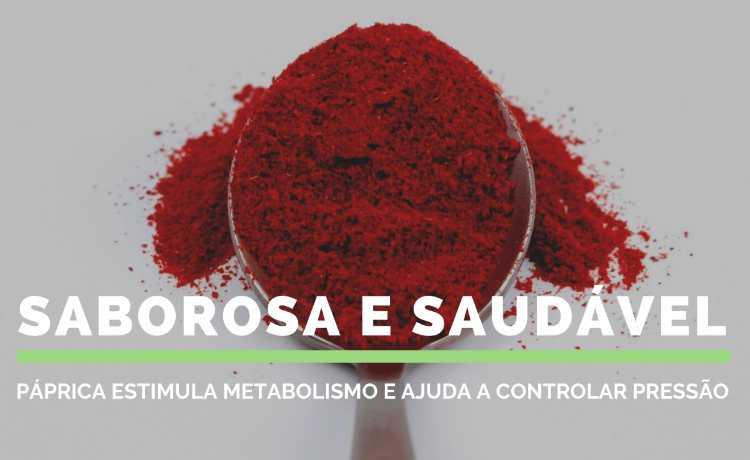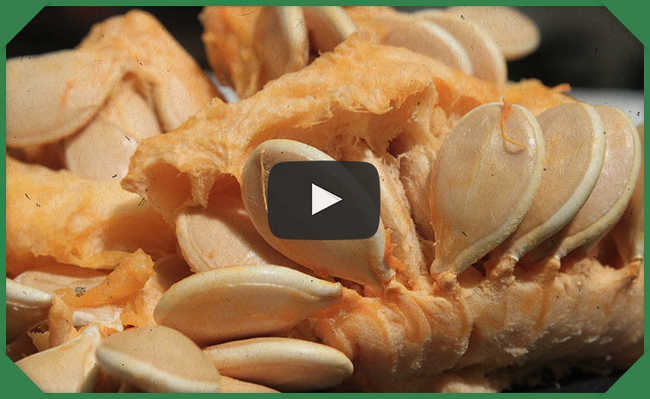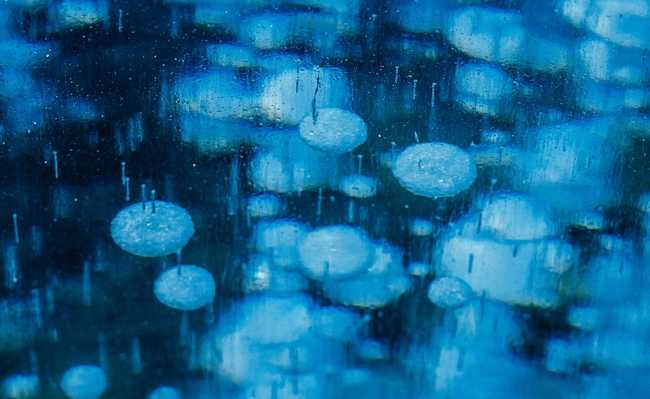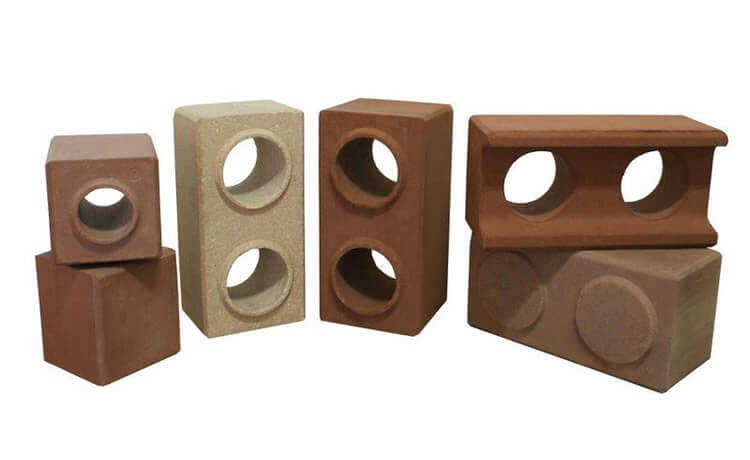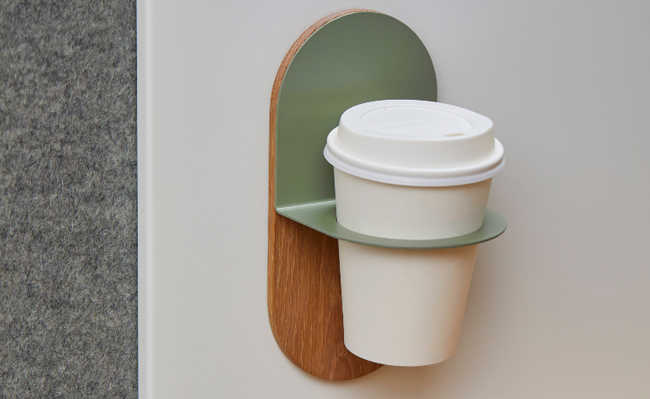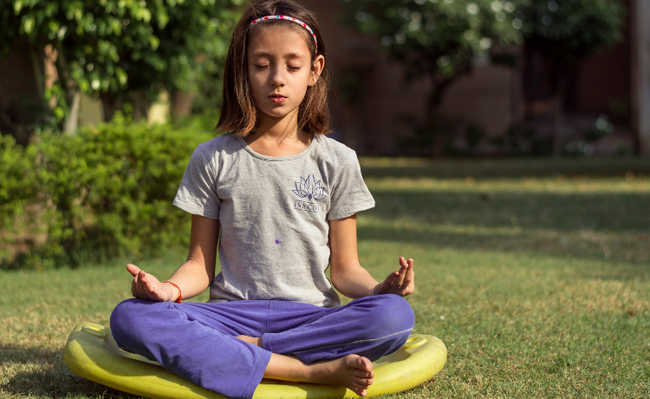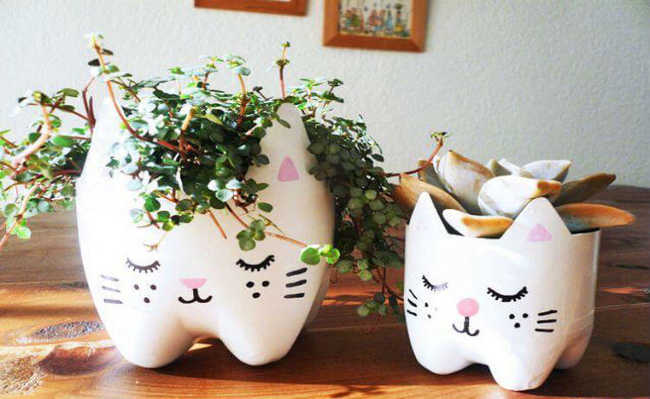Learn to really clean your blender
The little dirties will be afraid of you after reading this recipe that teaches you how to clean your blender effectively

Resized image of Annie Spratt, is available on Unsplash You wake up, get up, brush your teeth and get ready for breakfast (or you should, as this habit is a great way to start the day) - and then you decide it would be a great idea to make a banana smoothie with, I don't know, everything else inside. Great idea! But you take the blender from the top of the fridge and, despite having washed everything clean the last time you used it, you can't help noticing that there are some strange little dirt in both the cup and the base. But it shouldn't be anything, and then you make your vitamin the same way.
Only there is no such thing as harmless little dirt. The blender isn't the most widely used household appliance, and it may not look like it, but there's a lot of dirt accumulated in it. Mainly - amazing - remnants of other foods that by this time have passed the decomposition stage. Learn how to efficiently clean your blender here. The cleaning mode we'll teach you next, in addition to being thorough, will make your friend's lifespan double!
How to clean the blender
Items
- Detergent (you can make your own homemade detergent);
- Sponge or soft cloth;
- Sodium bicarbonate;
- Antiseptic alcohol (those you find in first aid kits);
- Swabs.
Step by step
- First, dip the sponge or soft cloth into warm soapy water and wring it out completely. This is very important, as too much water can damage the blender base as much as if you submerged it in water. Absolutely clean the entire blender base, not even forgetting the undersides.
- Dip the tips of the swabs in antiseptic alcohol to clean the toughest corners of the blender base. Generally, a lot of dirt accumulates there, escaping from the most superficial washings. Alcohol very efficiently cleans these regions and evaporates quickly, having no risk of causing problems in the electrical parts.
- In the blender jar, two things can be used: If the jar is made of rubber and plastic, use the same hot soapy water on a sponge to clean your walls. Anyone who has a dishwasher and a glass blender can put it in the washing utensil.
- To clean the blades, remove them and leave them immersed in hot water with baking soda. After a while, they will be completely clean.
- When reassembling the blender, place a spoonful of olive oil on the sealing rubber between the base and the blender cup.
- Always store the blender "complete" as this will prevent dust from getting between the two pieces.
A reminder of things not to do: don't use your blender for anything other than food (have another blender handy if you'd like to recycle paper at home, for example) and never put the base underwater. This may seem obvious, but there's always someone who knows someone whose cousin put the blender base in a bowl of water and then you've seen it, right?



